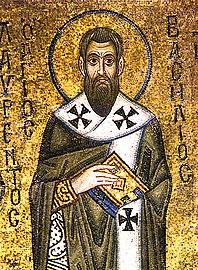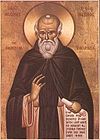
December 31 - Eastern Orthodox liturgical calendar - January 2
Contents
- Feasts
- Saints
- Pre-Schism Western saints
- Post-Schism Orthodox saints
- New martyrs and confessors
- Picture gallery
- Notes
- References
- Sources
All fixed commemorations below are observed on January 14 by Eastern Orthodox Churches on the Old Calendar. [note 1]
For January 1 (New Style), Orthodox Churches on the Old Calendar commemorate the Saints listed on December 19 .








